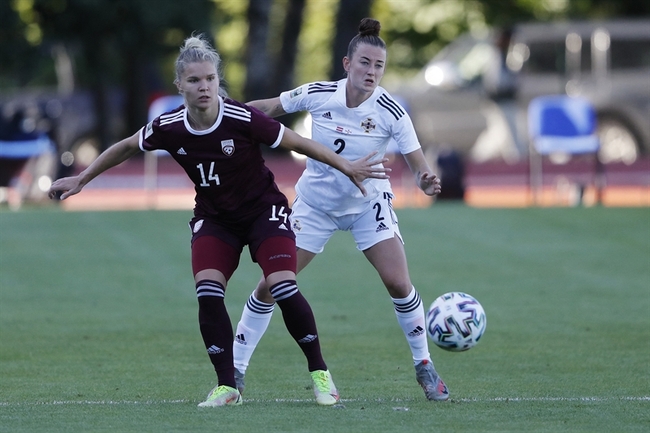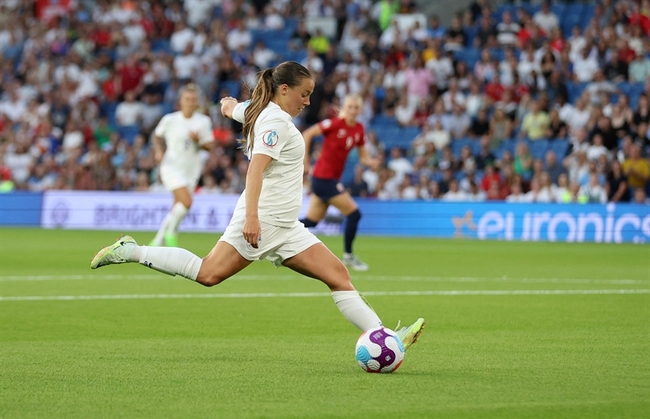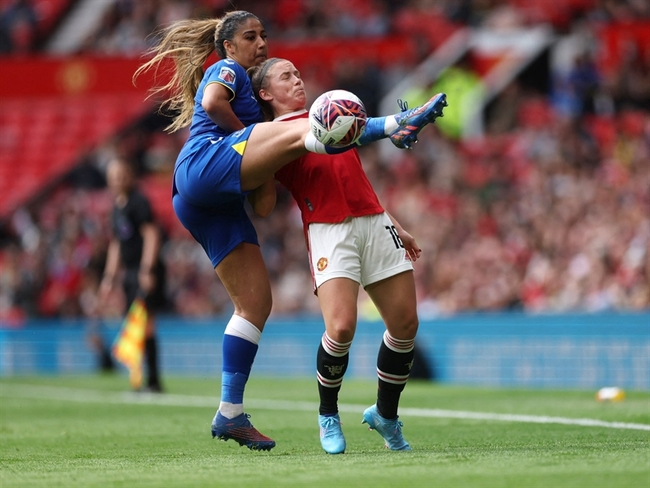You are viewing 1 of your 1 free articles
Running vs. Walking: a battle of the joint contact forces

How did the assumption that running causes osteoarthritis get started? Perhaps from the thought that the when the foot hits the ground at a faster rate than walking, the body experiences greater forces at the joints. Maybe it came from the fact that when people first started running recreationally they found it difficult and therefore figured that if it feels harder then it must be harder on the body than walking. Then again, possibly the first generation of recreational runners experienced knee and hip pain and therefore theorized that it must be due to joint degeneration.
Whatever the origin, scientists have since sought to either verify or disprove this theory. As quoted in the newsletter examining knee osteoarthritis(OA) and running, a literature review by Spanish researchers found little proof that recreational running contributed to osteoarthritis in either the knee or the hip(1). In fact, among subjects studied, recreational runners had the lowest incidence of OA (3.5%) when compared to sedentary subjects (10.2%) or elite competitive runners (13.3%).
Running, except at the most elite levels of more than 92 km per week, may actually have a protective effect on the hip joints(2). Researchers at the University of Melbourne and La Trobe University suspected the load experienced by the hip joints when running was less than when walking(3). To investigate this, they recruited eight subjects and evaluated their walking and running at varying speeds.
Using a three-dimensional model, they calculated the contact forces at the hip joint made by the gluteus medius, iliopsoas, gluteus maximus, and hamstrings during each speed. They then determined the total loads at the joint along with the per unit distance (PUD) load – meaning the load encountered for a total stride distance. While the total hip contact force (HCF) experienced during running was greater than walking, the PUD force during running was equal to or less than that of walking. Therefore, running may actually preserve the integrity of the hip joint over walking.
The authors acknowledge that these results are applicable to recreational levels of running only. At elite distances, even the decreased PUD experienced in running may be enough to cause cumulative damage. In addition, they site the computer modeling as a potential limitation of this study; although in vivo measurements typically only take place after total hip replacements in elderly patients, and therefore may not accurately represent the function of healthy joints.
Whether looking at hip joint contact forces or incidence of OA in runners, the evidence shows that recreational running not only preserves the integrity of the hip joint, it may even protect it from further degeneration.
Reference
- J Orthop Sports Phys Ther 2017;47(6):373-390
- J Orthop Sports Phys Ther 2017;47(6):391.
- Med Sci Sports Exerc. 50(11);2301-2310
Newsletter Sign Up
Subscriber Testimonials
Dr. Alexandra Fandetti-Robin, Back & Body Chiropractic
Elspeth Cowell MSCh DpodM SRCh HCPC reg
William Hunter, Nuffield Health
Newsletter Sign Up
Coaches Testimonials
Dr. Alexandra Fandetti-Robin, Back & Body Chiropractic
Elspeth Cowell MSCh DpodM SRCh HCPC reg
William Hunter, Nuffield Health
Be at the leading edge of sports injury management
Our international team of qualified experts (see above) spend hours poring over scores of technical journals and medical papers that even the most interested professionals don't have time to read.
For 17 years, we've helped hard-working physiotherapists and sports professionals like you, overwhelmed by the vast amount of new research, bring science to their treatment. Sports Injury Bulletin is the ideal resource for practitioners too busy to cull through all the monthly journals to find meaningful and applicable studies.
*includes 3 coaching manuals
Get Inspired
All the latest techniques and approaches
Sports Injury Bulletin brings together a worldwide panel of experts – including physiotherapists, doctors, researchers and sports scientists. Together we deliver everything you need to help your clients avoid – or recover as quickly as possible from – injuries.
We strip away the scientific jargon and deliver you easy-to-follow training exercises, nutrition tips, psychological strategies and recovery programmes and exercises in plain English.






